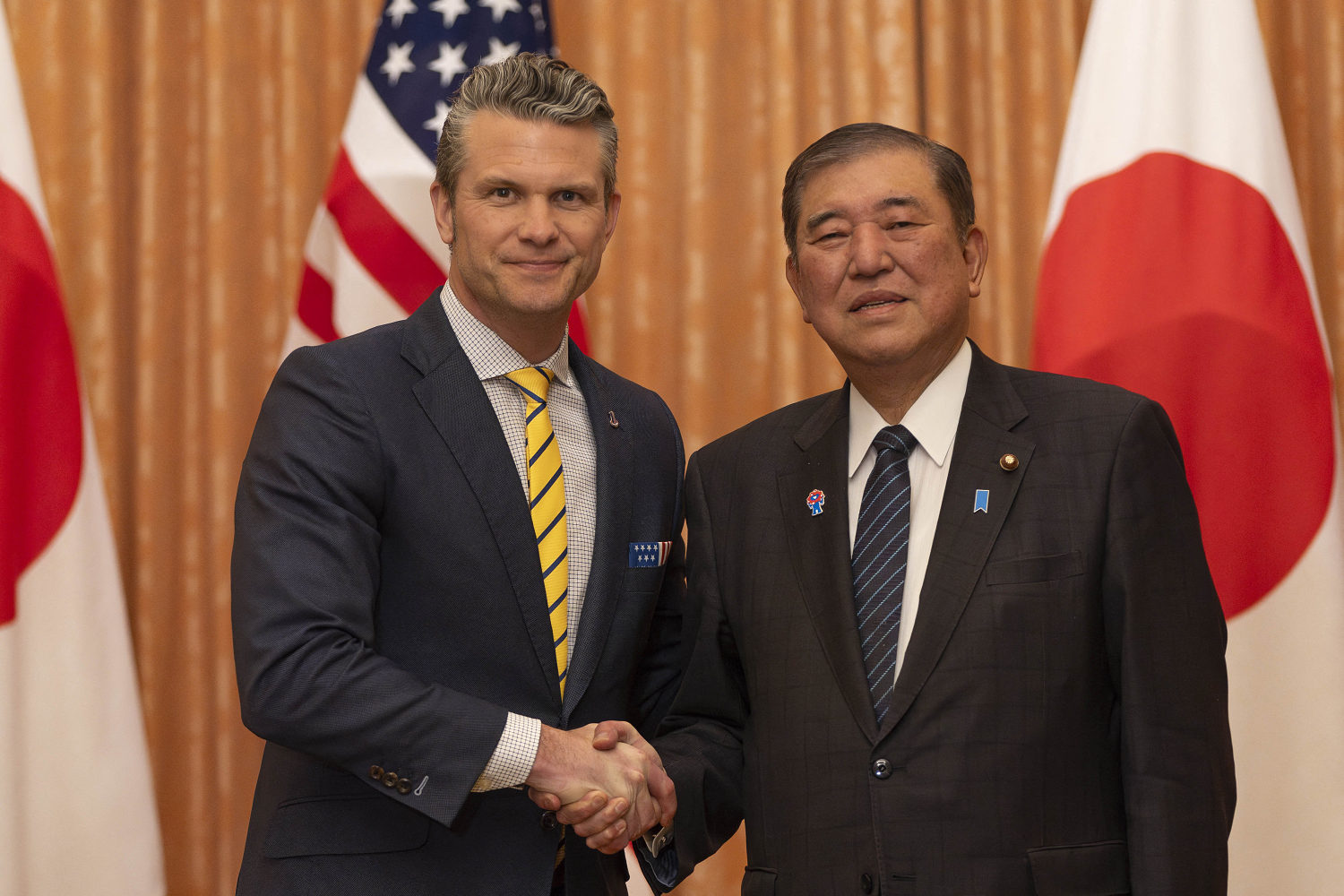There is much to like about Secretary of Defense Pete Hegseth’s interim national defense strategic guidance document, reported recently in the Washington Post.
In keeping with the defense strategies of President Trump in his first term, as well as those of former President Biden, the document emphasizes the centrality of the China challenge, with a particular focus on deterring a possible invasion of Taiwan. In recognition of the fact that 100,000 Americans a year have been dying from overdoses, largely from fentanyl crossing the U.S.-Mexico border, the document rightly recognizes this danger as a national security threat and not simply a law enforcement problem.
And the document raises the possibility that defense of the American homeland, from missile attack and now also from drones, may be a more technologically realistic and important defense priority than it was 10 or 20 years ago.
Depending on how these insights are translated into actual policy, all could do good for the nation. Perhaps on defense policy more than most matters these days, we can have a reasoned and spirited debate on the merits of the issues.
In keeping with this approach, I offer several caveats about some these ideas — not disagreements, but cautionary notes. Disruptive ideas from new leaders can sometimes usefully challenge conventional wisdom, but only to the extent that they do not become impulsive or reckless. I would offer these warnings about pushing the new agenda too far.
Yes, a Chinese assault on Taiwan to seize the island of 23 million people — and most of the world’s best semiconductor production facilities — is the worst-case scenario that should concern American defense planners. But it is also probably the least likely way that China might attack Taiwan.
Much more plausible is a gradual intensification of the kind of pressure China has already been applying in recent years, up to and including a naval blockade designed to strangle the island into submission. China’s large missile inventories, growing attack submarine force, sophisticated cyberattack capabilities and the advantage of proximity make this kind of threat credible.
China is less likely to attempt a massive roll of the dice with a modern version of a D-Day assault than it is to try to squeeze the Taiwanese people into coerced submission through a gradual cutoff of their access to the outside world. Deterring this scenario puts the onus on America to protect large, vulnerable assets such as ships near Taiwan. It requires a different mix of forces to succeed in breaking such a blockade. We must not lose sight of this kind of military contingency in our obsession with the invasion scenario.
Because of the importance and difficulty of deterring China, the defense of South Korea and Eastern Europe should be relegated to a slightly lower priority than before, as Hegseth rightly says. Indeed, this ...












